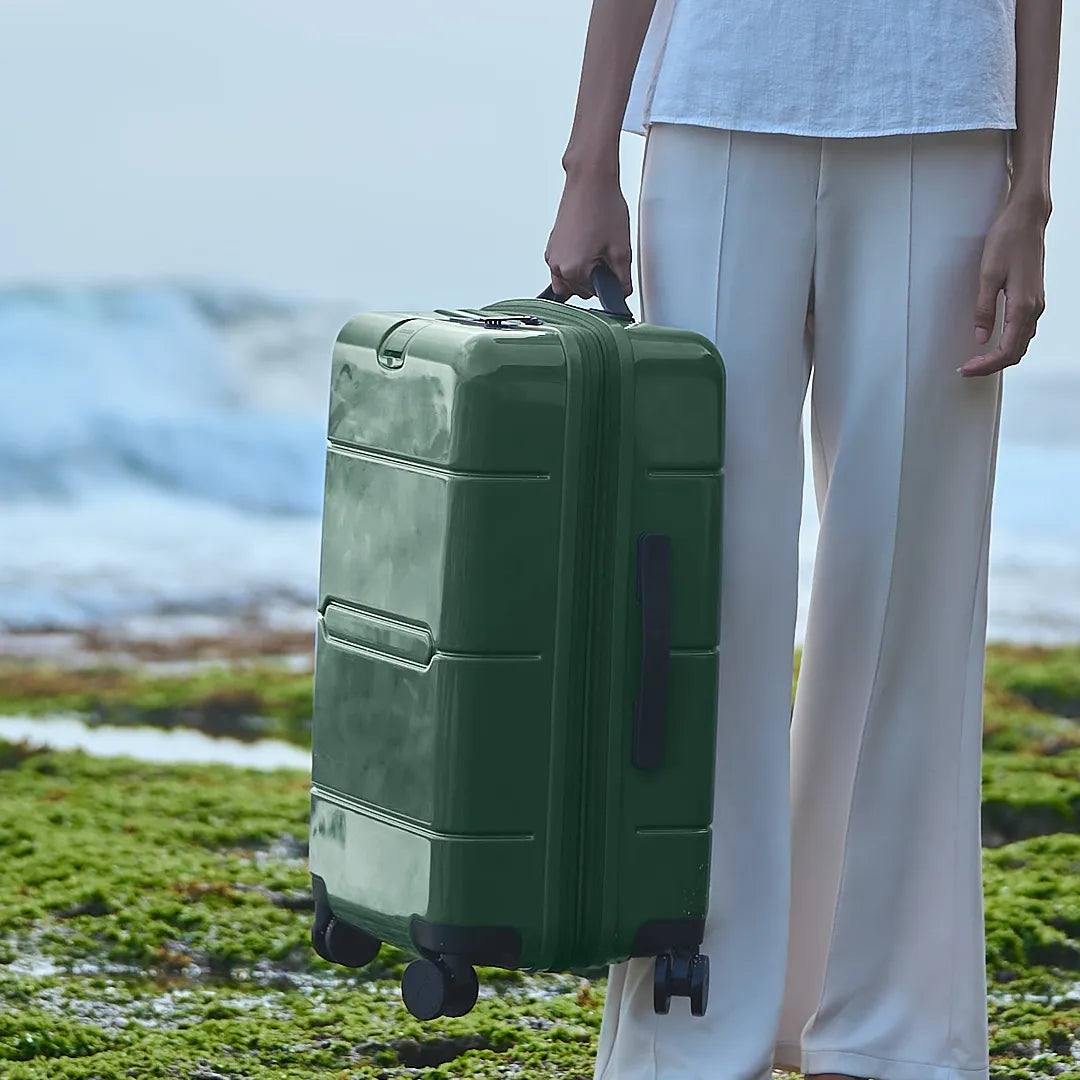Powerbank Rules for Air Travel

Powerbanks are a must-have travel essential, especially when you're relying on your phone during a trip. But did you know there are strict rules about carrying powerbanks on planes?
Because they use lithium batteries, powerbanks are considered potentially hazardous if not handled properly. That’s why airports and airlines around the world, including in Indonesia, enforce specific guidelines to ensure passenger safety. Here’s what you need to know before packing your powerbank.
General Rules for Carrying Powerbanks from Soekarno-Hatta International Airport
Soekarno-Hatta International Airport (Jakarta) follows regulations designed to keep everyone onboard safe. These rules are also in line with global aviation safety standards. Here are the basic rules.
- Powerbanks under 100 Wh (watt-hours) are allowed in your carry-on bag without restrictions.
- Powerbanks between 100 Wh and 160 Wh can be brought on board with airline approval. Each passenger is limited to two units.
- Powerbanks over 160 Wh, or those with no visible capacity label, are strictly prohibited.
It’s also important to note that powerbanks are only allowed in carry-on luggage, never in checked baggage. And while you're flying, you’re not allowed to use powerbanks to charge your devices, even in airplane mode.
These rules are reinforced by the Indonesian Ministry of Transportation (via Circular Letter SE.18 of 2016), which also advises passengers to power off electronic devices and avoid charging during the flight. This regulation includes banning high-risk devices like the Samsung Galaxy Note 7 due to past safety incidents.
Garuda Indonesia Powerbank Policy
Garuda Indonesia follows strict safety guidelines based on Circular Letter No. 015/2018 from the Directorate General of Civil Aviation. The airline’s rules include:
- Powerbanks under 100 Wh (approx. 20,000 mAh, 5V) are allowed in the cabin.
- Powerbanks between 100-160 Wh (20,000-32,000 mAh) require prior approval, limited to two units per passenger.
- Powerbanks with unclear or missing capacity labels are not allowed on board.
- Devices must be stored only in carry-on baggage, and cannot be used during the flight.
Citilink Powerbank Policy
To maintain in-flight safety, Citilink mandates the following:
- Powerbanks must be carried only in cabin baggage and must not show any signs of damage.
- Before departure, passengers must declare the powerbank’s capacity to airline staff.
- Powerbanks cannot be used to charge devices during the flight and must be kept away from flammable items.
Detailed limits include:
- Up to 100 Wh (20,000 mAh), max 20 units allowed.
- 101-160 Wh (20,001–32,000 mAh), max 2 units, with approval from Citilink staff.
- Above 160 Wh not allowed on board.
Super Air Jet Powerbank Policy
Super Air Jet prohibits in-flight use of powerbanks to minimize operational risks. Key rules include:
- Batteries must be separated from devices and safely packaged to prevent accidental activation.
- Maximum capacity allowed is 100 Wh (20,000 mAh).
- Batteries over 160 Wh are not permitted.
- Powerbanks must be carried in cabin baggage only, not in checked baggage.
Lion Air Powerbank Policy
Lion Air enforces the following regulations to ensure passenger safety:
- Powerbanks up to 100 Wh (20,000 mAh) are allowed in the cabin only, not in checked baggage.
- Powerbanks with capacity between 100-160 Wh (20,000-32,000 mAh) require pre-approval from Lion Air.
- Powerbanks above 160 Wh are strictly prohibited.
ANA (All Nippon Airways) Powerbank Policy
ANA classifies powerbanks as lithium battery-powered devices and sets rules based on capacity:
- Devices with batteries under 100 Wh (phones, laptops, cameras) are allowed in both cabin and checked baggage, but must be completely turned off and safely packed.
- 100-160 Wh batteries (e.g., larger powerbanks) are allowed only in cabin baggage, limited to two units per passenger.
- Spare batteries must be transported with the corresponding device, not separately.
- Powerbanks must also be carried with their devices and treated as spare batteries.
Singapore Airlines Powerbank Policy
Singapore Airlines enforces strict lithium battery rules to maintain safety:
- Lithium-ion or lithium-metal batteries up to 100 Wh (or 2 g lithium content) are allowed in cabin or checked baggage, with a limit of 15 devices per passenger.
- Spare batteries (not attached to devices) are allowed in cabin baggage only, up to 20 units per passenger, and must be safely packaged.
- 100-160 Wh batteries (or 2-8 g lithium) allowed up to 2 units in the cabin, with prior airline approval.
- Batteries over 160 Wh are not allowed in cabin or checked baggage.
- Powerbanks are considered spare lithium batteries, allowed only in cabin baggage, and must have short-circuit protection.
- Damaged batteries or devices are strictly prohibited on board.
Planning to bring a powerbank for your next trip? Make sure it meets airline regulations to avoid any issues during boarding.
Powerbanks are considered spare lithium batteries and must be packed in cabin baggage only. They should have proper short-circuit protection and must not be damaged or defective.
To make your travel smoother, consider using luggage that supports these requirements. You can pair it with a flight-safe powerbank from Baller and enjoy a more convenient trip with Baller Carry On Zipper 20 Inch.












